Have you ever enjoyed the feel of grass underneath your feet and the sight of a beautiful lawn in front of your house? You can choose from the extensive list of types of grass that fit your desired management method, match the changing seasons, and complement your home’s architecture. In the world of grass, there is a wide range of varieties, such as warm-season grasses that thrive in hot climates and cool-season varieties that can withstand lower temperatures. With knowledge of the specific qualities of different grass types, you may build a lawn that will not only add value to your home, but will be an area for leisure and enjoyment.
1. Kentucky Bluegrass
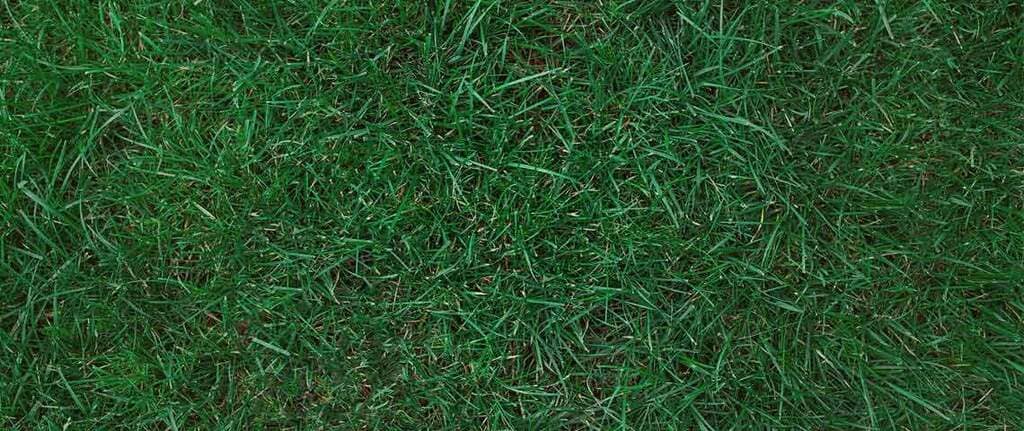
Kentucky Bluegrass (Poa pratensis) is one of those types of grasses that truly stands out when it comes to making a picture-perfect lawn. This grass species, known for its gorgeous rich, deep green colour and superb texture, can convert any average yard into a lush and opulent haven.
It tolerates foot movement moderately, making it excellent for lawns where children and pets play. This grass variety is especially cold tolerant, allowing it to thrive in lower locations.
Pro Tip:
- It’s critical to maintain the right mowing height when mowing your Kentucky Bluegrass lawn.
- Keep the grass blades between 2.5 and 3 inches tall.
- Taller grass shades the soil, which reduces weed development and promotes deeper root growth.
2. Zoysia Grass
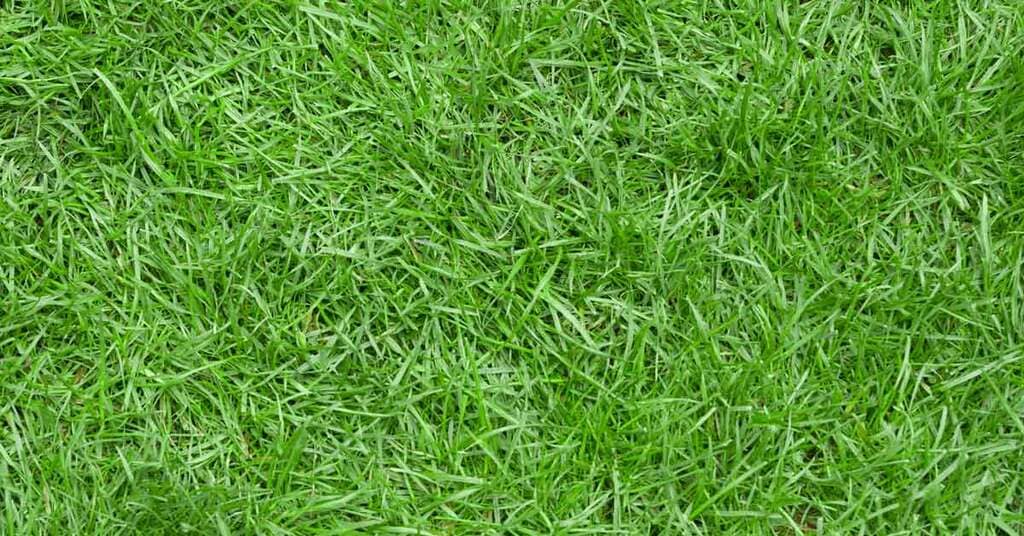
Zoysia Grass (Zoysia spp.) is a warm-season grass that may offer a lush and carpet-like lawn, giving a touch of refinement to any landscape. Zoysia Grass is a popular choice for homes around the country due to its distinctive qualities and flexibility. You can see different kinds of grass.
When compared to other warm-season types of grasses, Zoysia Grass tolerates shade well. While it still needs some sunshine to flourish, it can tolerate mild shadow conditions better. This characteristic makes Zoysia Grass appropriate for partially shaded lawns where other grass kinds may struggle to flourish.
Trivia:
- The capacity of Zoysia Grass to develop a thick turf is one of its most notable characteristics.
- The grass spreads by above-ground stolons as well as below-ground rhizomes, resulting in a dense and luxuriant carpet-like look.
3. Bermuda Grass
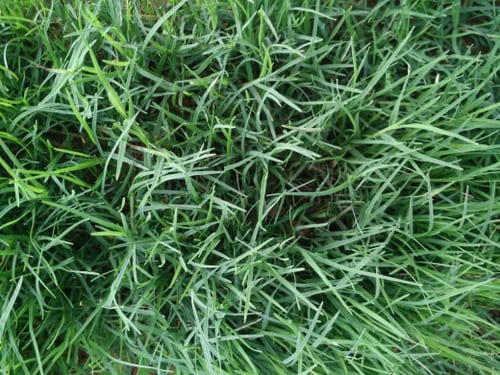
Want a pristine lawn that can endure the rigours of an active outdoor lifestyle? Bermuda Grass (Cynodon dactylon) is a great option among the various types of lawn grass. This warm-season grass is well-known for its outstanding durability, resilience, and capacity to grow in hot temperatures.
It has exceptional heat tolerance and can tolerate longer periods of high heat and harsh sunshine. This makes it an excellent choice for areas with hot, dry summers, when other grasses may struggle.
Pro Tip:
- Early spring “scalping” might be beneficial to your Bermuda Grass lawn.
- Mow the lawn using your mower on the lowest setting to eliminate any dead or dormant grass, thatch, or debris.
4. St. Augustine Grass
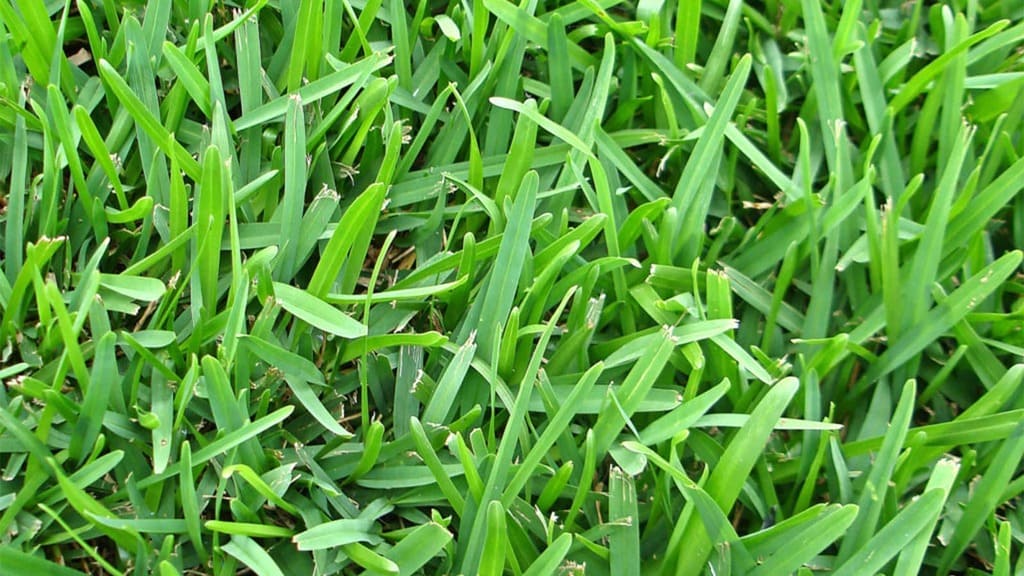
St. Augustine Grass (Stenotaphrum secundatum) stands out as a superb warm-season grass for luxuriant and vivid lawns in tropical and subtropical locations. It’s no surprise that St. Augustine Grass is a popular choice for homes in these areas, given its capacity to generate a lush, dense carpet of green as well as its heat and salt tolerance.
It can survive saltwater spray and recover from salt damage more successfully than many other grass varieties. This makes it an appealing alternative for individuals who live near the ocean or have reclaimed water irrigation systems. You can also apply artificial grass options for your backyard.
5. Fescue Grass
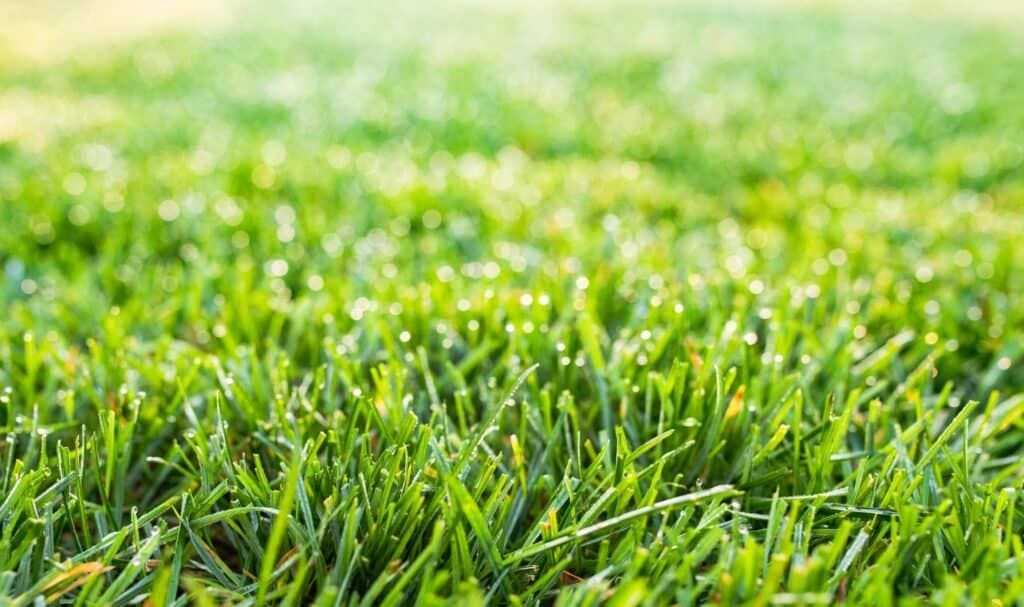
Fescue Grass (Festuca spp.) is a cool-season grass that provides a number of possibilities for creating a beautiful lawn. These types of grasses are popular choices for homeowners looking for a beautiful and durable cool-season lawn due to their ability to grow in shady regions and their strong drought tolerance.
What else? Its deep root structure allows it to get moisture from lower soil levels, letting it to tolerate prolonged droughts while remaining green and healthy.
Pro Tip:
- Regular aeration can benefit your Fescue Grass lawn by improving soil compaction and promoting better root growth.
6. Ryegrass
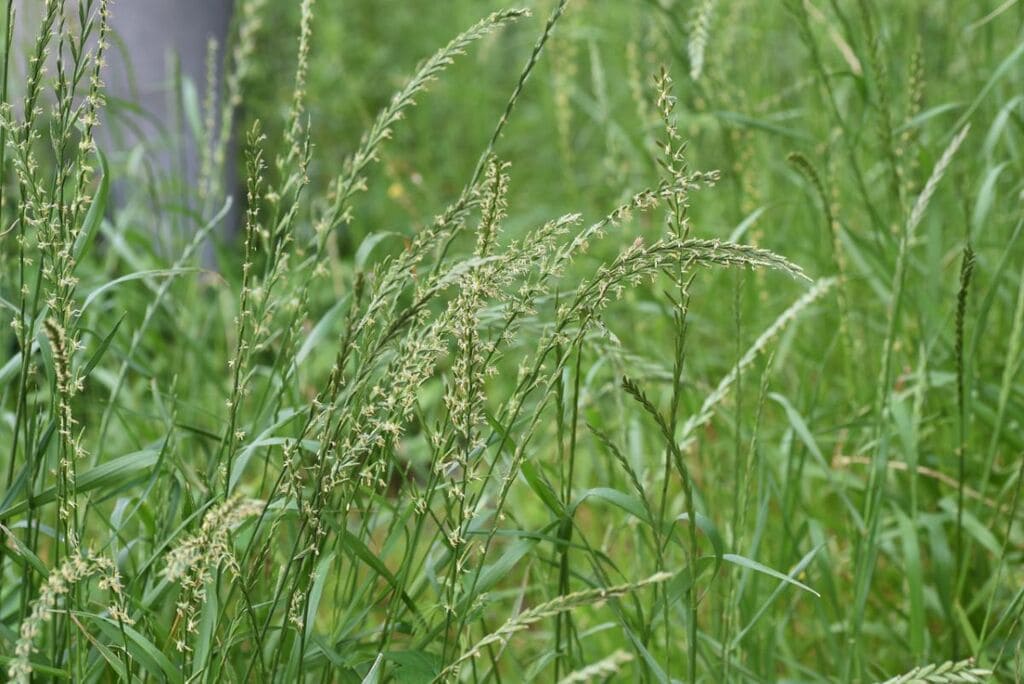
During the winter, ryegrass (Lolium spp.) is a common choice for overseeding warm-season lawns. This cool-season grass species is well-known for its rapid germination and ability to produce a brilliant green colour to lawns when other grasses are dormant.
But why do we overseed certain grass kinds? One of the key goals of Ryegrass overseeding is to keep your lawn lush and green throughout the cooler months when warm-season grasses like Bermuda Grass or Zoysia Grass may turn brown or go dormant.
Trivia:
- Ryegrass is widely utilized to maintain a lush and green playing surface on sports fields such as soccer fields and golf courses.
7. Bahiagrass

Bahiagrass (Paspalum notatum) is a warm-season grass that grows well in sandy soils. Its resilience to such soil conditions makes it a popular option in areas with sandy soils.
The light to medium green tint of grass types offers a tranquil and inviting ambience, allowing you to unwind and appreciate the beauty of your outdoor paradise. Bahiagrass is not only practical and sturdy, but it also gives charm to your environment. Its abrasive texture lends your grass a natural charm and rough appeal. It’s like having a rustic carpet strewn across your yard, ready to survive whatever adventures life throws at it.
8. Centipede Grass

If you like to spend your weekends admiring the beauty of your yard rather than working on it, Centipede Grass is your dream come true. This warm-season marvel takes little maintenance, allowing you more time to relax and enjoy the beauty of your outdoor oasis.
Its fine blades provide your lawn with a consistent and groomed look, transforming it into a picture-perfect paradise. But hold on, there’s more! Centipede Grass grows slowly, so you’ll spend less time behind the lawnmower and more time enjoying the results of your effort. Its innate resistance to pests and diseases decreases the need for extensive upkeep even more.
Pro Tip:
- When planting Centipede Grass, make sure to provide it with well-drained soil.
- This grass variety is sensitive to excessive moisture, so proper drainage is crucial for its health and longevity.
9. Bentgrass

Bentgrass has long been the go-to choice for golf courses and for those wanting the pinnacle of elegance for their lawns, thanks to its exquisite texture and great performance. When you walk onto a lawn with Bentgrass, you can’t help but be impressed by its rich and homogeneous carpet-like appearance.
It is one of the best types of grasses that has outstanding characteristics is its capacity to flourish in colder climes. As a cool-season grass, it grows best in areas with mild temperatures, making it a popular choice for northern lawns. You can grow grass using these best tips.
10. Buffalo Grass

Buffalo Grass is a warm-season grass native to North America that survives in the roughest of environments. It has an incredible capacity to withstand both summer’s searing heat and winter’s piercing cold.
Its modest growth habit distinguishes it, which means less time spent behind the lawnmower and more time enjoying the quiet of your outdoor retreat. You can say goodbye to the never-ending labour of mowing with Buffalo Grass. It’s a freeing sensation that allows you to take a more relaxed and casual approach to lawn care. These are the different type of grass.
Trivia:
Did you know that Buffalo Grass played a vital role in the survival of the American bison?
The grass served as a primary food source for these majestic creatures, contributing to their ability to roam and thrive on the vast prairies of North America.
In a nutshell, choosing the proper type of grass for your lawn is critical for creating a picture-perfect environment that suits your individual demands and tastes. Each of the many kinds of grass has its own distinct qualities, such as the fine texture of Bentgrass or the drought endurance of Bermuda Grass. Understanding the characteristics and requirements of various grass kinds allows you to make an informed selection that will ensure the long-term survival of your lawn.
FAQs
Bermuda Grass and Zoysia Grass are excellent choices for warm climates. They have good heat tolerance and thrive in hot and humid conditions.
Fine Fescue and St. Augustine Grass are known for their shade tolerance. They can withstand moderate shade and still maintain their lush appearance.
Cool-season grasses like Kentucky Bluegrass, Tall Fescue, and Perennial Ryegrass are well-suited for regions with cold winters. They can withstand freezing temperatures and remain green throughout the season.
Buffalo Grass and Bermuda Grass are known for their drought tolerance. They have deep root systems that allow them to access water from lower soil levels, reducing the need for frequent watering.
Kentucky Bluegrass, Bermuda Grass, and Zoysia Grass are popular choices for areas with heavy foot traffic. They have excellent resilience and can recover quickly from wear and tear.
In case You Missed:

